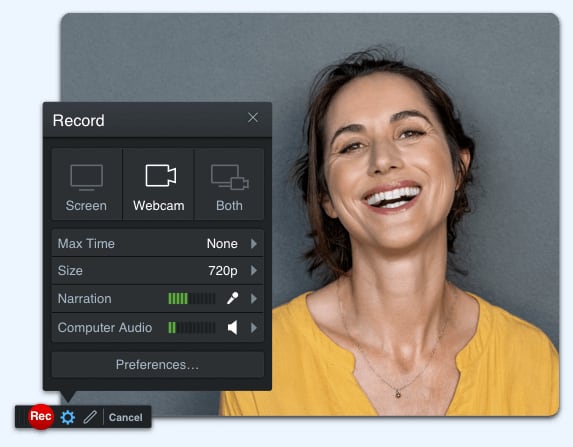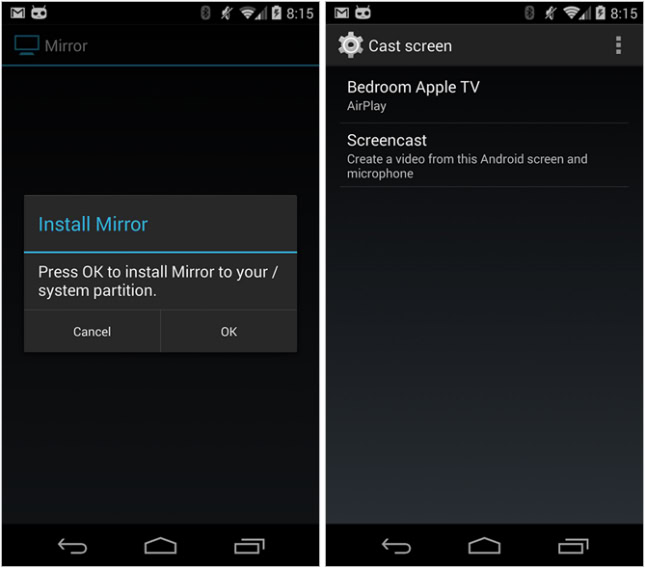


Plug your Android device into your desktop or laptop. Once the installation is complete, close and re-open the terminal window. Open a terminal window and install scrcpy with the command: Because of this, we’re going to install via snap. Although the application is available via the default app repositories, that version is out of date and broken. In the resulting window ( Figure A), tap the On/Off slider for USB debugging until it’s in the On position.įigure A USB debugging must be enabled for this to work. To do that, go to System | Developer Options. After the seventh tap, Developer options will be enabled. Scroll down to Build Number and tap that entry seven times.

To do this, open Settings and locate About Phone. How to enable developer optionsīefore you can use scrcpy, you’ll need to enable Developer options. Finally, you’ll need Developer Options enabled on your Android device. I’ll be demonstrating on Pop!_OS, so you’ll need to adjust the scrcpy installation instructions as needed. You’ll also need a desktop or laptop running Linux, macOS or Windows ( Chromebooks need not apply). To make this work, you’ll need an Android device, running at least Android 5. This little tool is a real gem for those who multitask beyond what the human creature should be capable of. Unless said caller is spam … then I can just block ’em from within the mirrored window (which I always do). I can answer calls from the mirrored version of Android, but I have to immediately switch to speakerphone or pick up the device to actually speak to the caller. I can’t unlock my Pixel 6 phone from the desktop (because it requires a fingerprint). Now, there are a couple of caveats to this. Why? Because I could easily mirror my Android phone on my desktop and interact with it without having to always be picking up the device. So, when I discovered a little tool called scrcpy, I was thrilled. Sometimes it’s nice when those devices can be consolidated. SEE: BYOD Approval Form (TechRepublic Premium) At any given moment I’ll have a desktop, laptop, tablet and smartphone open and in use. How many platforms do you use? How many devices do you use? If you’re like me, the answer to those two questions can get a bit overwhelming.


 0 kommentar(er)
0 kommentar(er)
